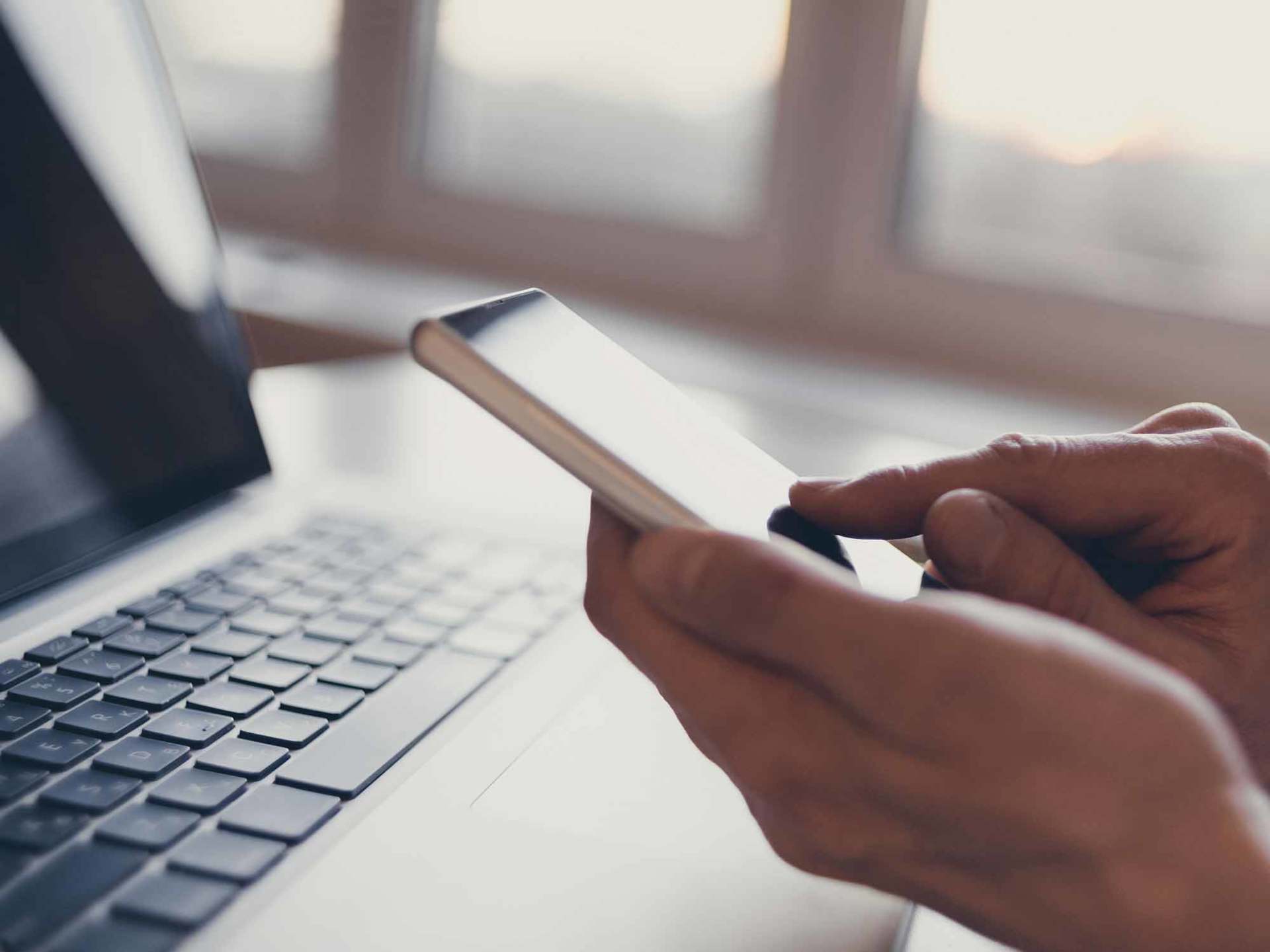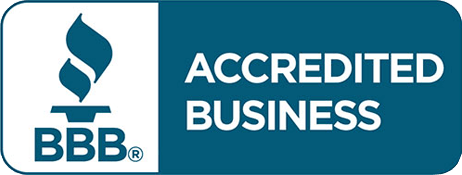1. Enjoying Privacy
Telephone usage skyrocketed in the post-war era of the mid-20th century, which led to the installation of party lines. Since the phone system only provided a single line for any given area, households and businesses had to share a line. If your neighbor was on the phone, you couldn't make a call. What's more, party lines were far from private. Anything you said on the line could be heard by anyone with a mind to eavesdrop.
In the 1960s, party lines started to be replaced with the private phone system we enjoy on landlines today. However, it took rural areas longer to upgrade than urban ones. Party lines were common in sparsely populated areas until the 1990s. There are still party lines in use today. However, it is rare.
In the 1960s, party lines started to be replaced with the private phone system we enjoy on landlines today. However, it took rural areas longer to upgrade than urban ones. Party lines were common in sparsely populated areas until the 1990s. There are still party lines in use today. However, it is rare.
2. Improving Quality
Voice quality has improved drastically over the years. In the 1960s, most phone companies used analog systems, which were not known for voice quality. Voice quality got a boost in the same decade with the installation of electronic lines. Today, phone lines use a combination of electronic, fiber optic and internet protocol technologies. The result is a clear, private connection with little to no interference.
3. Connecting Calls
In the past, all calls were connected with the help of a switchboard operator. You called the operator, and they manually connected your line to the appropriate line. Today, calls are connected via computerized exchanges, and the need for operators is minimal.
Dial systems were introduced in the 1920s. However, they were slow to replace switchboard operated lines. In some areas, switchboards were still in use until the 1980s, and a few even lingered until the early 1990s.
Dial systems were introduced in the 1920s. However, they were slow to replace switchboard operated lines. In some areas, switchboards were still in use until the 1980s, and a few even lingered until the early 1990s.
4. Taking Messages
The task of taking messages has changed throughout the years, especially in the world of business. In the past, your secretary or receptionist would dictate all messages. In time, voice recorders allowed businesses to receive messages outside of business hours. The first answering machines appeared in the 1960s and used tapes to record messages. However, they weren't immediately popular.
Today, you can get messages via email, voicemail and text as well as through your receptionist. If you don't like to listen to messages, you can even choose to have your messages transcribed and sent to you in text format.
Today, you can get messages via email, voicemail and text as well as through your receptionist. If you don't like to listen to messages, you can even choose to have your messages transcribed and sent to you in text format.
5. Doing Business
Most businesses have multi-line phone systems, the first of which were introduced in the 1960s. Called Private Automatic Branch Exchanges or PABX, early multi-line systems required the employ of switchboard operators at the business if electronic technology was not available. This system also allowed employees to place calls internally without using an outside phone line.
In the 1990s PABX was shortened to PBX, and business phone systems could take advantage of customized options that better suit their business needs. Today, many businesses rely on VoIP systems to communicate and send large amounts of data to others within the organization.
Business systems are more customizable than ever before, which gives businesses limitless opportunity to improve their telephone communication processes. Never before has it been this easy to connect with your customers.
To see how modern technology can help you realize your communication goals, call Kim's Answering Service today to see what we can do for you.
In the 1990s PABX was shortened to PBX, and business phone systems could take advantage of customized options that better suit their business needs. Today, many businesses rely on VoIP systems to communicate and send large amounts of data to others within the organization.
Business systems are more customizable than ever before, which gives businesses limitless opportunity to improve their telephone communication processes. Never before has it been this easy to connect with your customers.
To see how modern technology can help you realize your communication goals, call Kim's Answering Service today to see what we can do for you.












